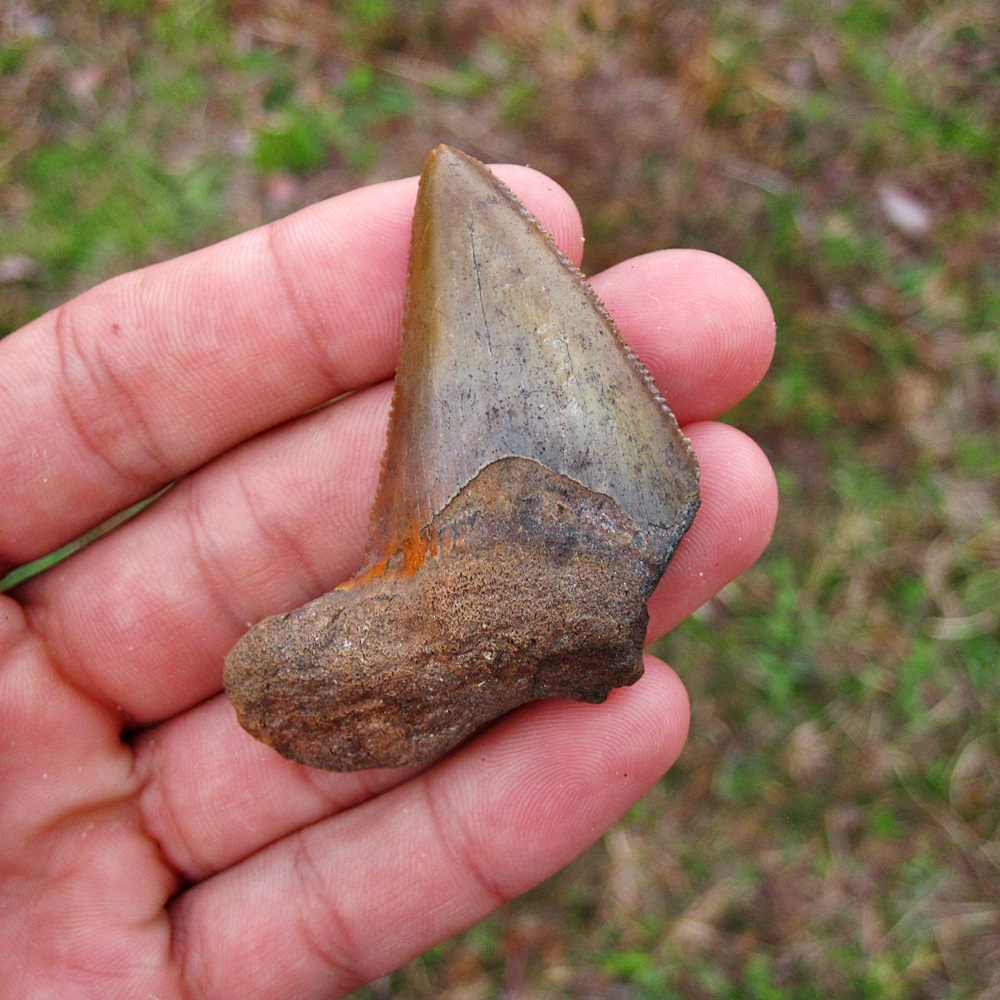Shark evolution is an enthralling topic, steeped in millions of years of adaptation, diversification, and survival. These marvelous creatures have persisted through cataclysmic events, evolving remarkably different forms and sizes. Among the enigmatic species of sharks, the basking shark (Cetorhinus maximus) often raises eyebrows concerning its connection to ancient giants, notably the infamous Megalodon (Otodus megalodon). But is there any credible scientific basis to assert that the basking shark is an ancestor of anyone? Let’s navigate through the depths of shark evolution to elucidate these connections.
Sharks have been around for approximately 400 million years, originating long before the dinosaurs roamed the Earth. Their evolutionary lineage showcases an impressive diversification into various forms, from the diminutive dwarf lanternshark, measuring just about 7 inches, to the awe-inspiring whale shark, the largest fish in the ocean, growing up to 40 feet or more. Understanding such evolution requires not just a cursory glance but a deep dive into their phylogenetics—the study of the evolutionary history and relationships among species.
The basking shark, a filter feeder that primarily consumes plankton, represents a stark contrast to the predatory nature of Megalodon. Belonging to the family of Lamnidae, basking sharks can grow to lengths of up to 33 feet, making them one of the largest sharks still swimming the oceans today. Their slow-swimming demeanor, coupled with their large mouths, makes them analogous to gentle giants of the sea. While they are harmless to humans, their size and appearance often elicit intrigue and speculation.
When discussing the evolutionary pathway between sharks, it’s crucial to clarify that basking sharks and Megalodon belong to different evolutionary branches within the shark family tree. This places them in separate clades entirely, distinguishing their adaptations over millions of years. Megalodon, which ruled the oceans around 23 to 3.6 million years ago, is part of the extinct family Otodontidae, diverging at an earlier point compared to the basking shark.
Physiologically, both basking sharks and Megalodon exhibit distinctive traits that reflect their divergent lifestyles. Megalodon was an apex predator, equipped with an array of formidable teeth capable of shearing through flesh. Its jaw structure, larger than that of any modern shark, enabled it to hunt large prey, including whales. The basking shark, in contrast, utilizes its enormous mouth to filter feed—an efficient strategy for extracting nutrient-rich phytoplankton from ocean waters. This stark division in feeding mechanisms highlights how environmental pressures sculpted their forms and behaviors over time.
Interestingly, the evolutionary lineages of sharks underscore their adaptability. Modern sharks can be traced back about 100 million years to what are known as “modern sharks,” which encompass major families and genera still relevant today. As these lineages evolved, some species, like the basking shark, initiated adaptations suited to their environments, leading to gentle filter feeders flourishing amidst a world of predators.
Fossil records play a crucial role in unraveling the complex relationships and timelines within shark evolution. Megalodon fossils, predominantly consisting of teeth, provide insight into the size, feeding habits, and geographical distribution of this majestic creature. In comparison, the evolutionary timeline of the basking shark can be traced back to the early Miocene epoch, revealing its adaptation and survival tactics in an evolving marine ecosystem.
It’s vital to consider the impact of climate change, oceanic shifts, and competitive species as influencing factors in shark evolution. As ocean temperatures rise and ecosystems adjust, modern sharks, including basking sharks, face new challenges. The interplay of these factors can lead to shifts in distribution, behavior, and ultimately the evolutionary trajectory of succeeding generations. These modern adaptations echo the challenges faced by ancient sharks in their pursuit of survival.
Conversations surrounding shark conservation also merit mention. While basking sharks are currently classified as vulnerable due to overfishing and habitat loss, their status calls for focused conservation efforts. Efforts to understand their behavior and migration patterns are vital, not only for their survival but also for maintaining oceanic health as a whole. The extinction of great predators, as evidenced by the demise of Megalodon, serves as a cautionary tale, echoing the importance of maintaining biodiversity in marine ecosystems.
Despite the fascinating nature of comparative anatomy and diverging lineage, asserting a direct ancestral relationship between basking sharks and Megalodon is impractical. Evolution operates through a series of branching paths, molded by ecological demands and historical contingencies. The paths taken by these two species diverged early in their evolutionary history, reflecting different adaptations that have led to vastly different outcomes over eons.
A thoughtful examination of ancient and modern sharks sheds light on the broader themes of evolution, survival, and adaptability. By studying such distinct but related creatures, one not only gains insight into the depths of marine life but also recognizes the delicate balance that dictates life in our oceans. Sharks are more than mere denizens of the deep; they represent a rich tapestry of life evolving through time, demanding continued research, conservation, and respect in an ever-changing world.
